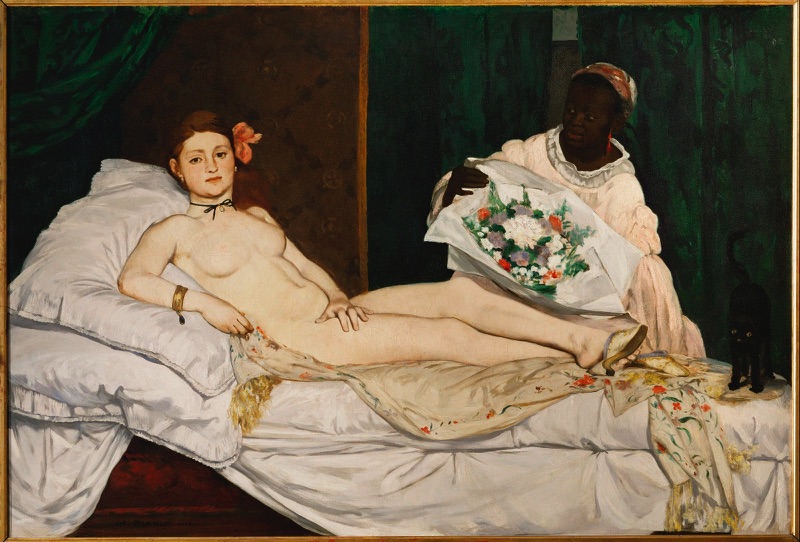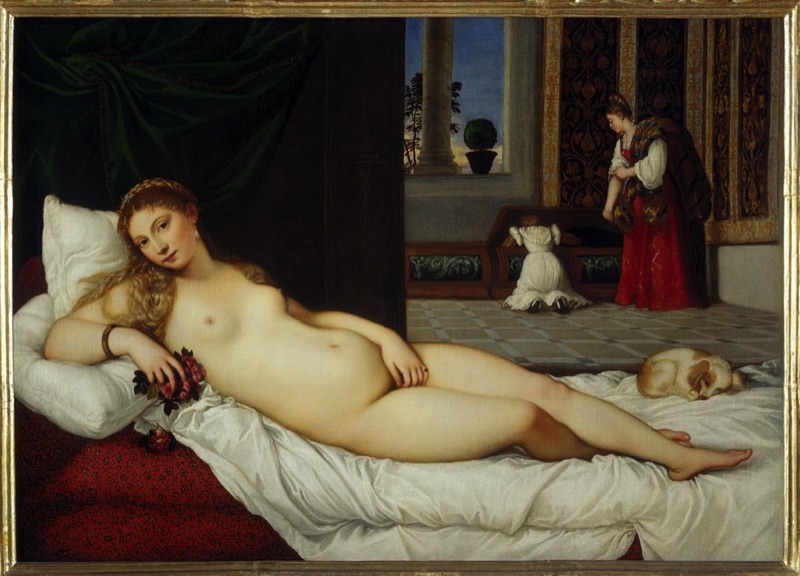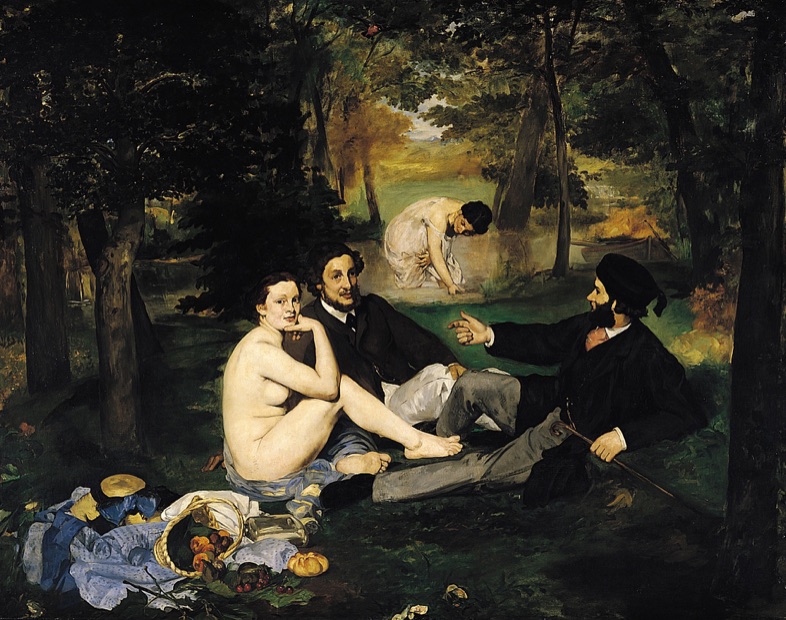Edouard Manet
pre-class prep: read Chu pp. 293-99 and 387-88 (PDF)
read selection of what 19th century art critics had to say about Manet's Olympia (PDF)
discussion questions: Those named for the questions below should come prepared to present a short (3-5 minute) response to that question.
1. (Kody H) How does Manet's Luncheon on the Grass (Déjeuner sur l'herbe) violate the characteristics of the Academic nude that we talked about in the topic Academic Art? How do these breaks with tradition help to explain why the work was rejected when it was submitted to the Salon of 1863, and the criticism that it received when it was exhibited in the Salon des Refusés that year?
people, terms, and concepts: Salon des Refusés (1863)
key points:
• Sometimes called a Realist, sometimes called an Impressionist, Manet is a good case-study of an 'independent' artist who worked outside of the official institutions of the Academic art world and used his art to call attention to some problematic aspects of modern social life in ways that gave him a reputation as a rebellious outsider.
• How do Manet's Olympia and Déjeuner sur l'herbe call attention to the problematic tradition of the Academic nude as we discussed it earlier? Although there were many nudes shown at the Salon of 1863, why was Manet's Déjeuner rejected, and why did it create an even bigger scandal when it was shown at the Salon des Refusés? How is the Olympia like a parody of an Academic nude; that is, how does it at first look like it fits comfortably within that genre, but then undermine it from the inside?
Manet, Déjeuner sur l'herbe (Luncheon on the Grass), 1863 (exh. at the Salon des Refusés 1863)
Manet, Olympia, 1863 (exh. at the Salon of 1865)
Titian, Venus of Urbino, 1538 (for comparison purposes; you don't need to know it for the exam)



